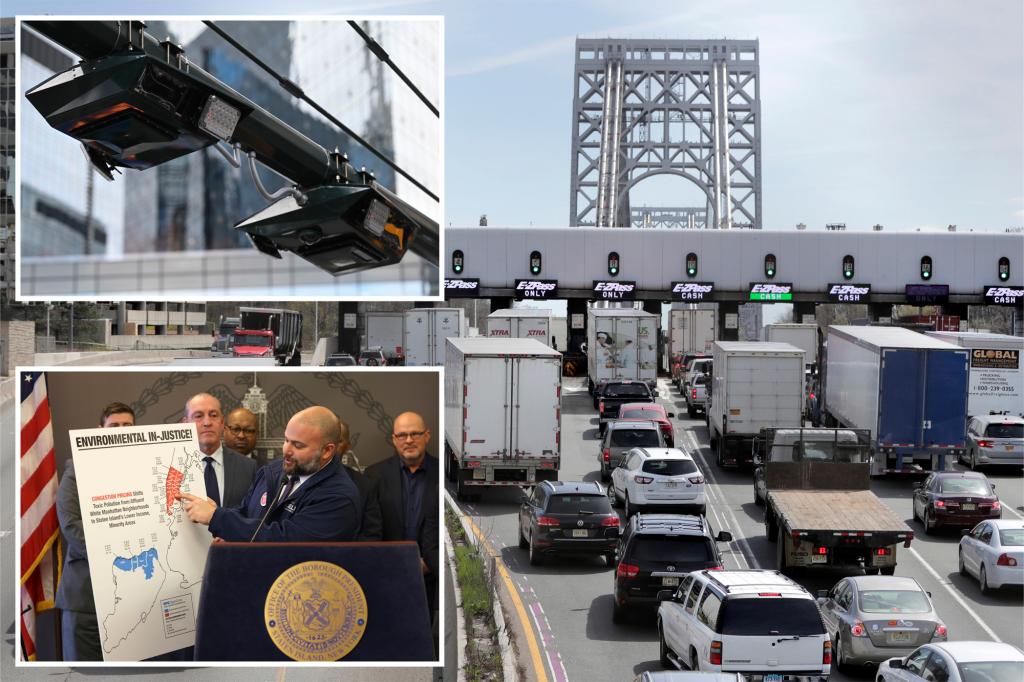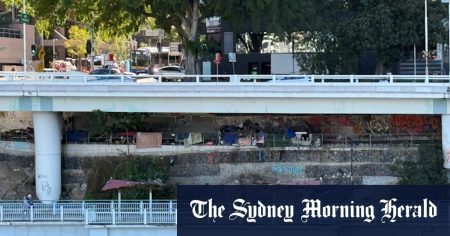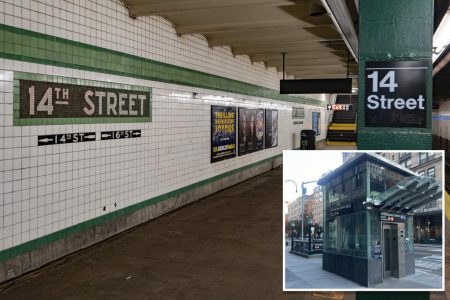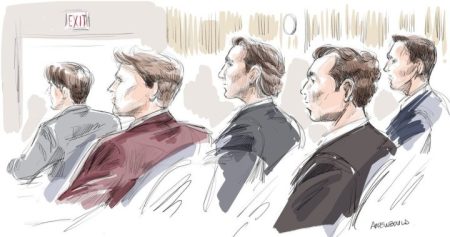The implementation of congestion pricing in Manhattan is poised to dramatically reshape commuting patterns and parking dynamics across New York City, sparking anxieties among residents and potentially exacerbating existing traffic issues in the outer boroughs. The $9 toll for vehicles entering Manhattan south of 60th Street is anticipated to drive a wave of commuters seeking free parking in neighborhoods just outside the congestion zone, turning these areas into de facto park-and-ride lots and potentially overwhelming existing parking infrastructure. This shift threatens to disrupt daily life for residents, particularly in areas already grappling with limited parking availability due to hospitals, businesses, and existing commuter traffic.
The Upper East Side, with its high concentration of hospitals, is particularly vulnerable to the influx of toll-avoiding vehicles. Residents fear that the already strained parking situation will become unbearable as commuters compete for limited spaces. Similarly, the Upper West Side and Harlem are bracing for a surge in parked cars, adding to the existing parking challenges in these densely populated areas. The potential for increased traffic congestion and competition for parking spaces is a significant concern for residents, business owners, and local officials in these neighborhoods.
Beyond Manhattan, the outer boroughs are also anticipating a significant impact from congestion pricing. Areas like Long Island City in Queens, the South Bronx, and brownstone Brooklyn neighborhoods like Carroll Gardens, Cobble Hill, and Park Slope are expected to become targets for commuters seeking free parking before entering Manhattan via public transportation. This “park-and-ride” phenomenon could dramatically alter the character of these neighborhoods, increasing traffic congestion, noise pollution, and competition for parking spaces. Residents fear that their quality of life will be negatively affected by the influx of vehicles from Manhattan-bound commuters.
The expected shift in commuting patterns also raises concerns about equity and the potential for disproportionate impacts on residents of the outer boroughs. Critics argue that congestion pricing may exacerbate existing inequalities by pushing traffic and parking problems onto communities with fewer public transportation options. These outer borough communities, often characterized by lower incomes and less access to efficient public transit, may bear the brunt of the congestion pricing scheme, experiencing increased traffic, pollution, and parking difficulties without reaping the benefits of reduced congestion in Manhattan.
The anticipated changes in driver behavior also present logistical challenges. Commuters are expected to spend the initial months after implementation experimenting with different routes and transportation modes, leading to a period of uncertainty and potential traffic disruptions. The decision of whether to pay the congestion fee, rely on public transportation, or search for free parking will depend on individual circumstances and the availability of parking spaces. This period of adjustment could result in unpredictable traffic patterns and increased congestion as drivers explore their options.
Furthermore, the potential for increased reliance on the subway system raises concerns about safety and overcrowding. Some commuters, wary of crime and other issues on the subway, may opt to drive and park in the outer boroughs, further contributing to the anticipated parking crunch. This preference for driving over public transit, even with the added hassle of finding parking, highlights the complex interplay of factors influencing commuter choices and the potential for unintended consequences from congestion pricing. The clash between the desire for efficient commutes and concerns about safety and comfort on public transportation underscores the challenges of managing urban mobility.










